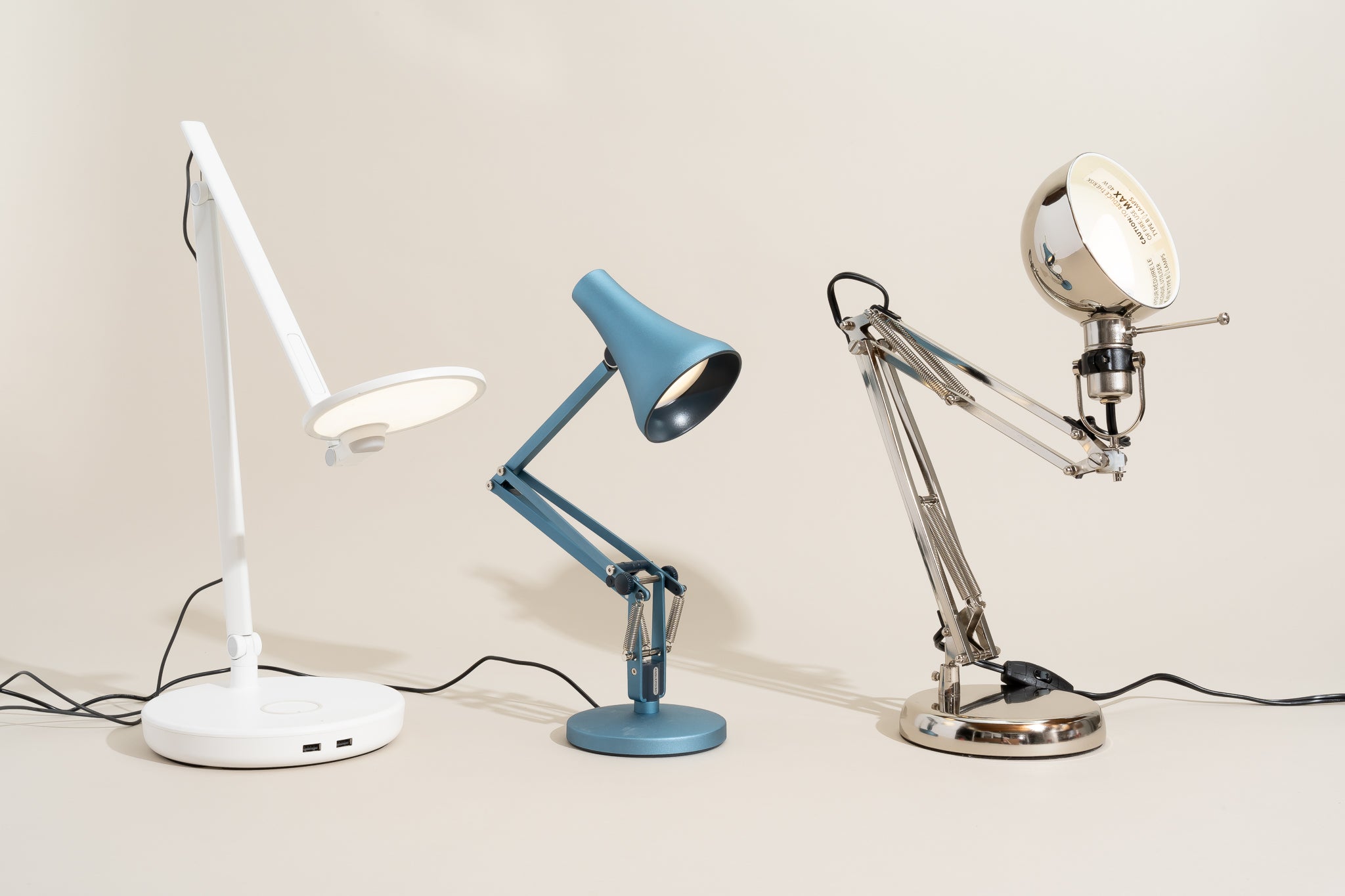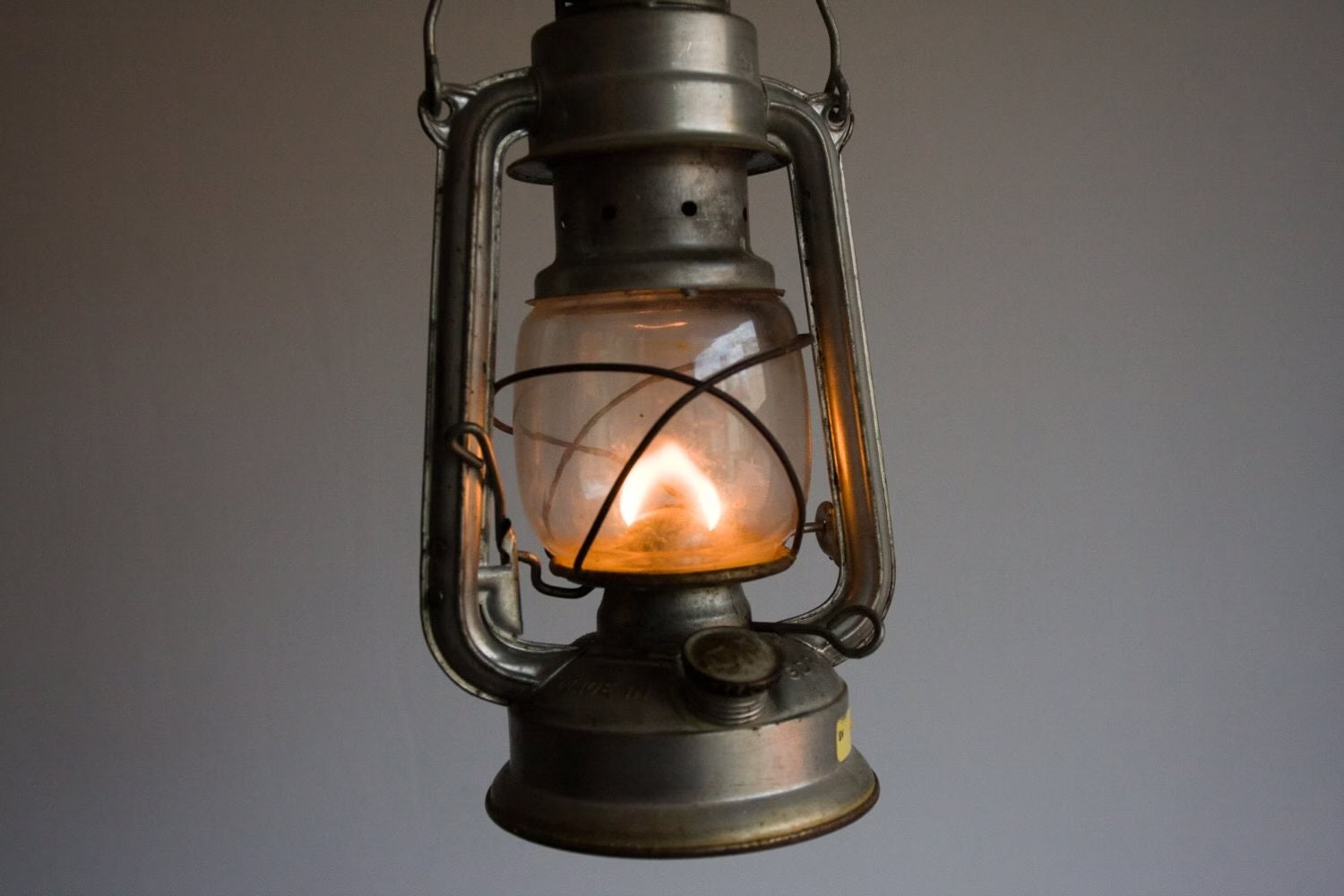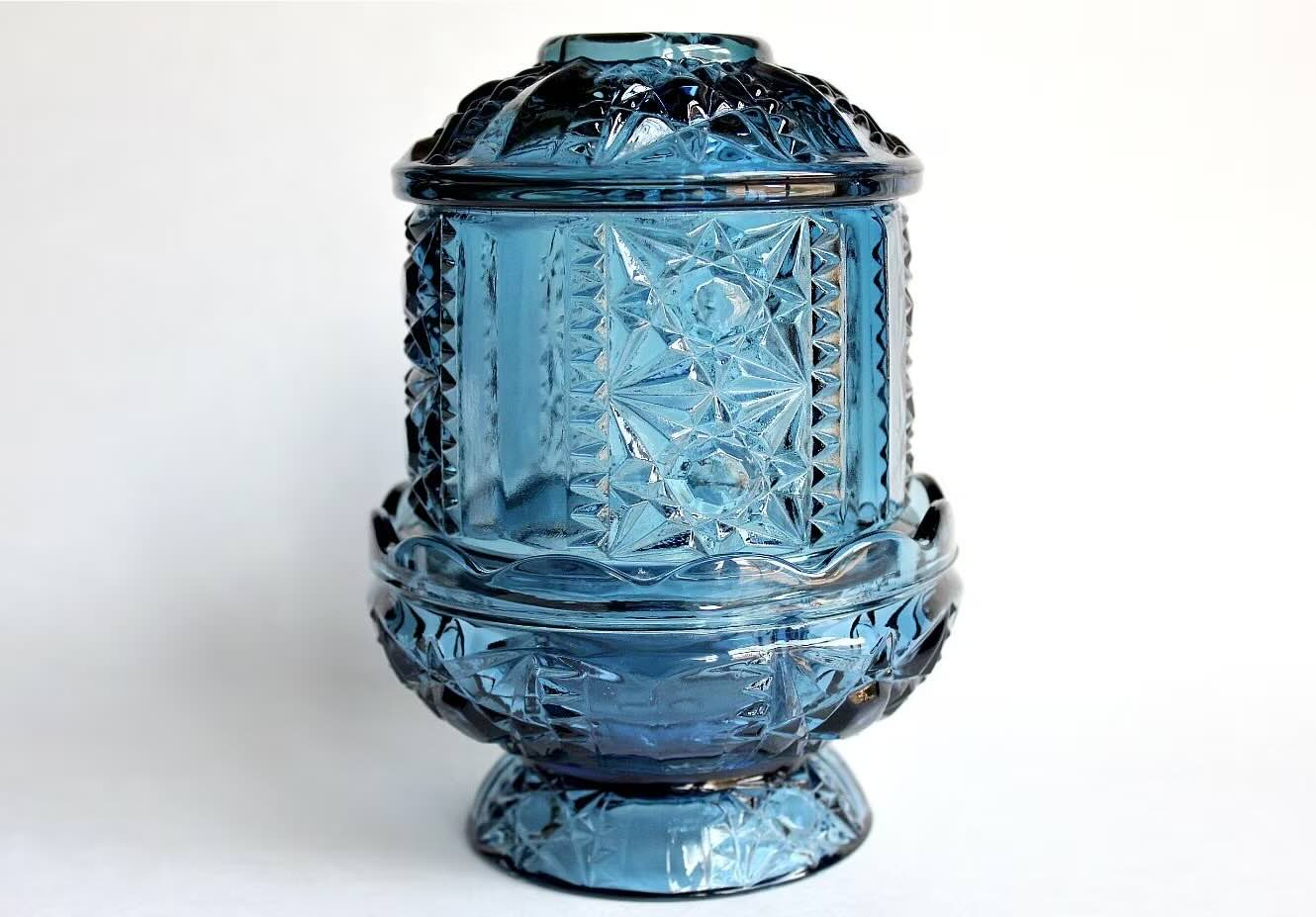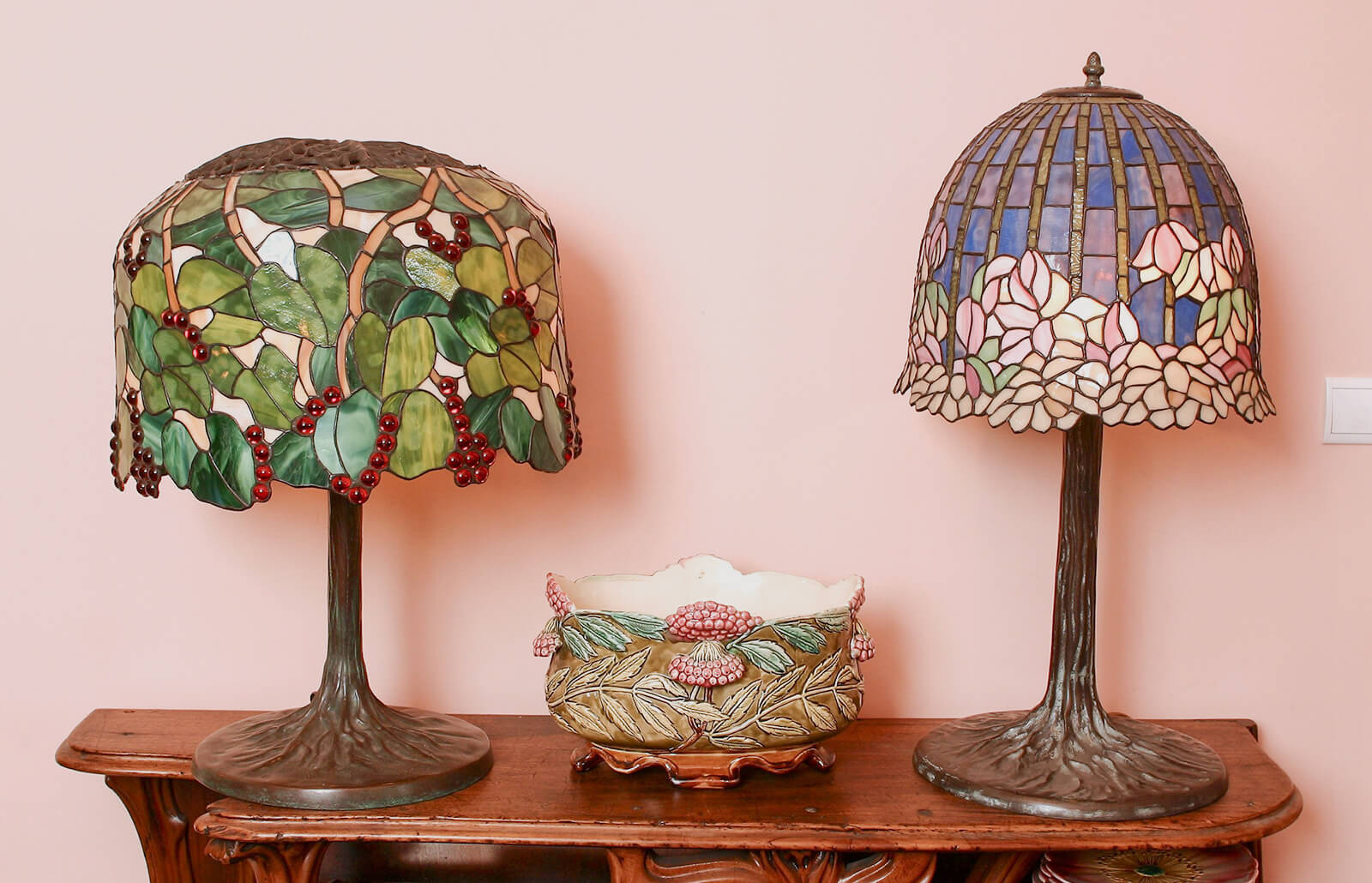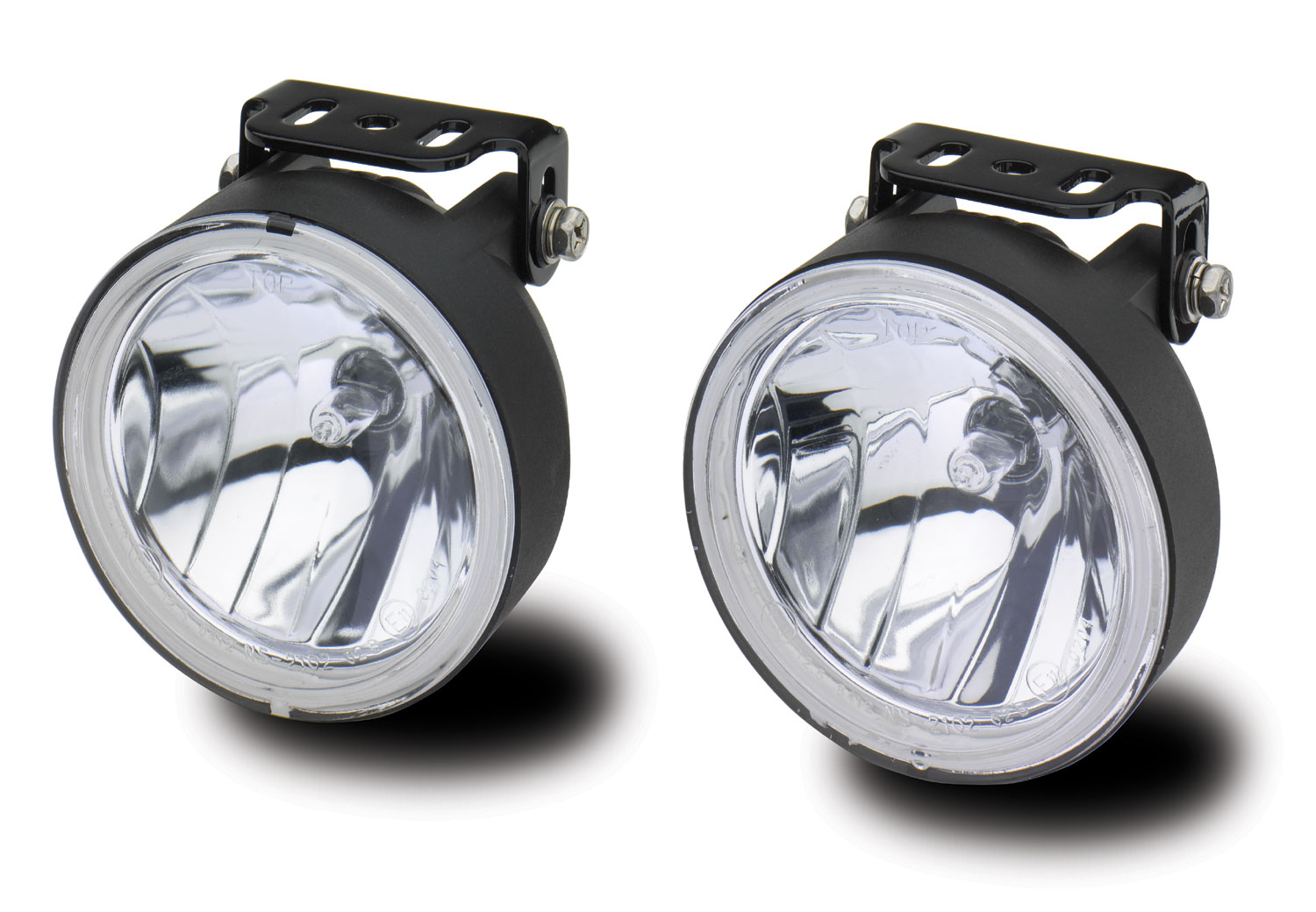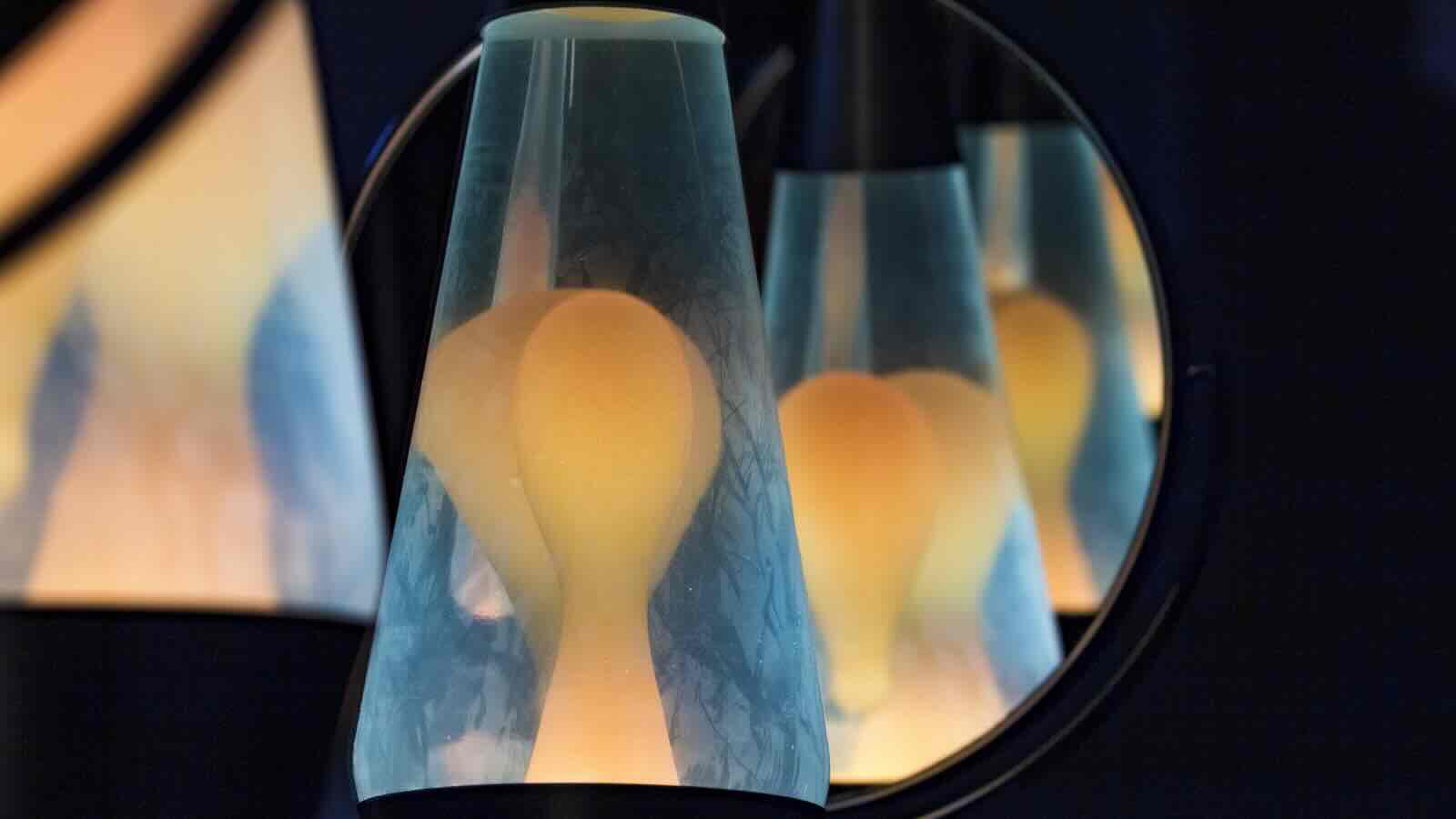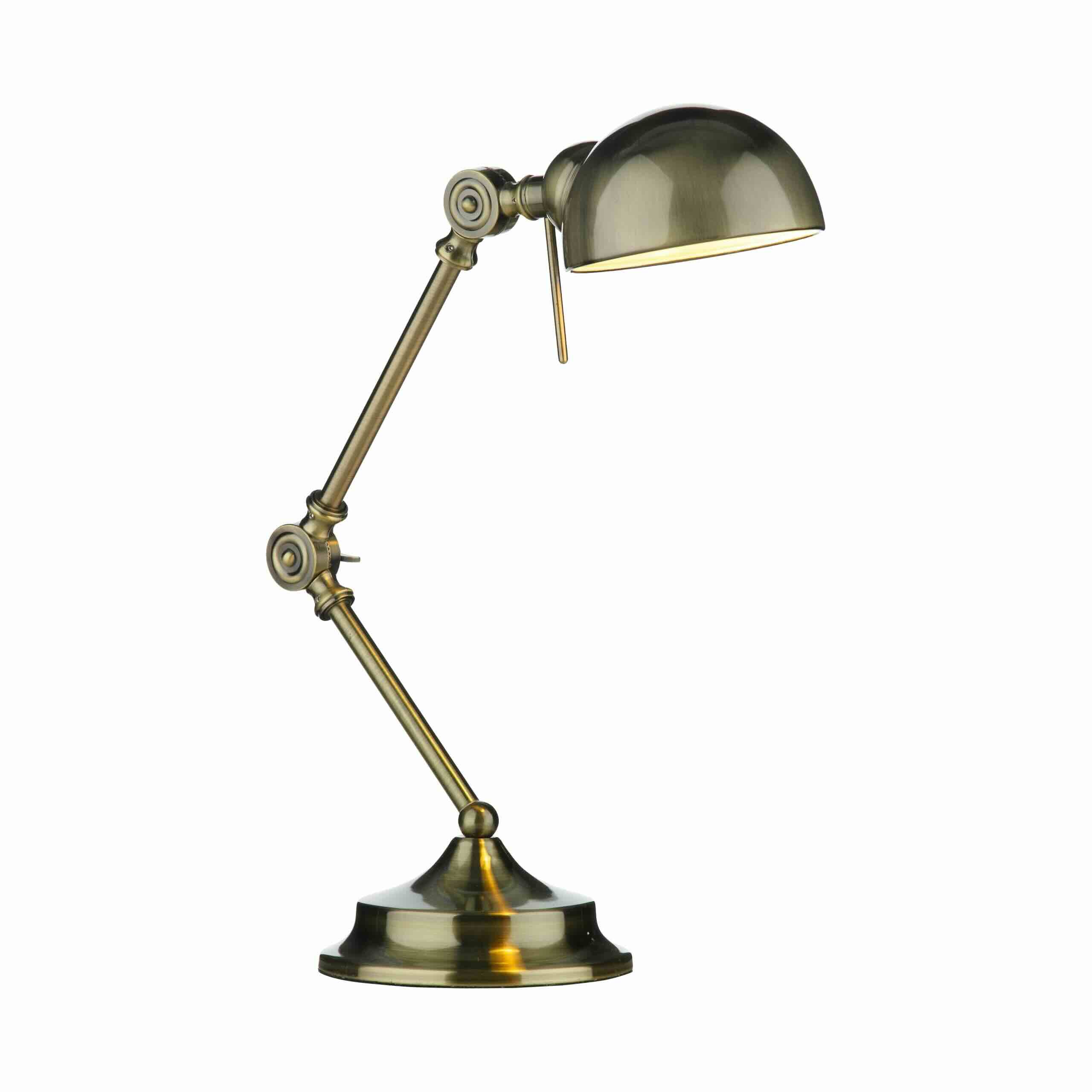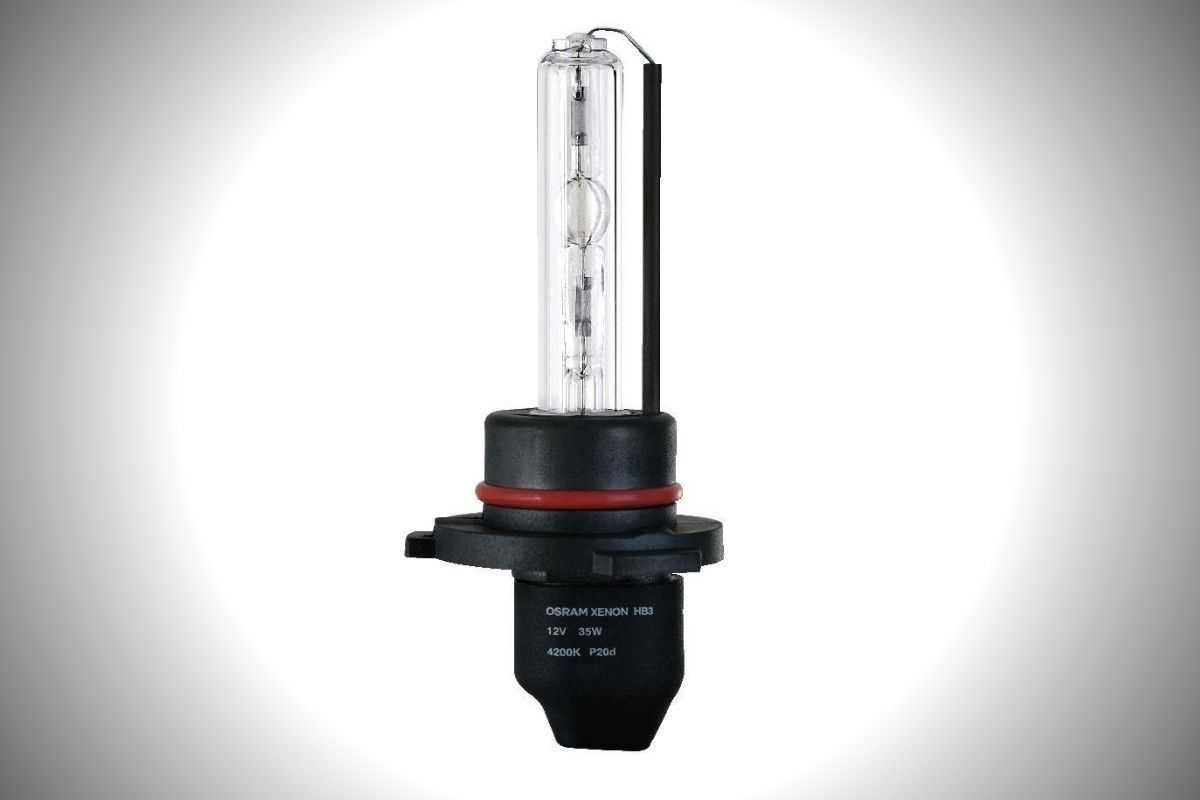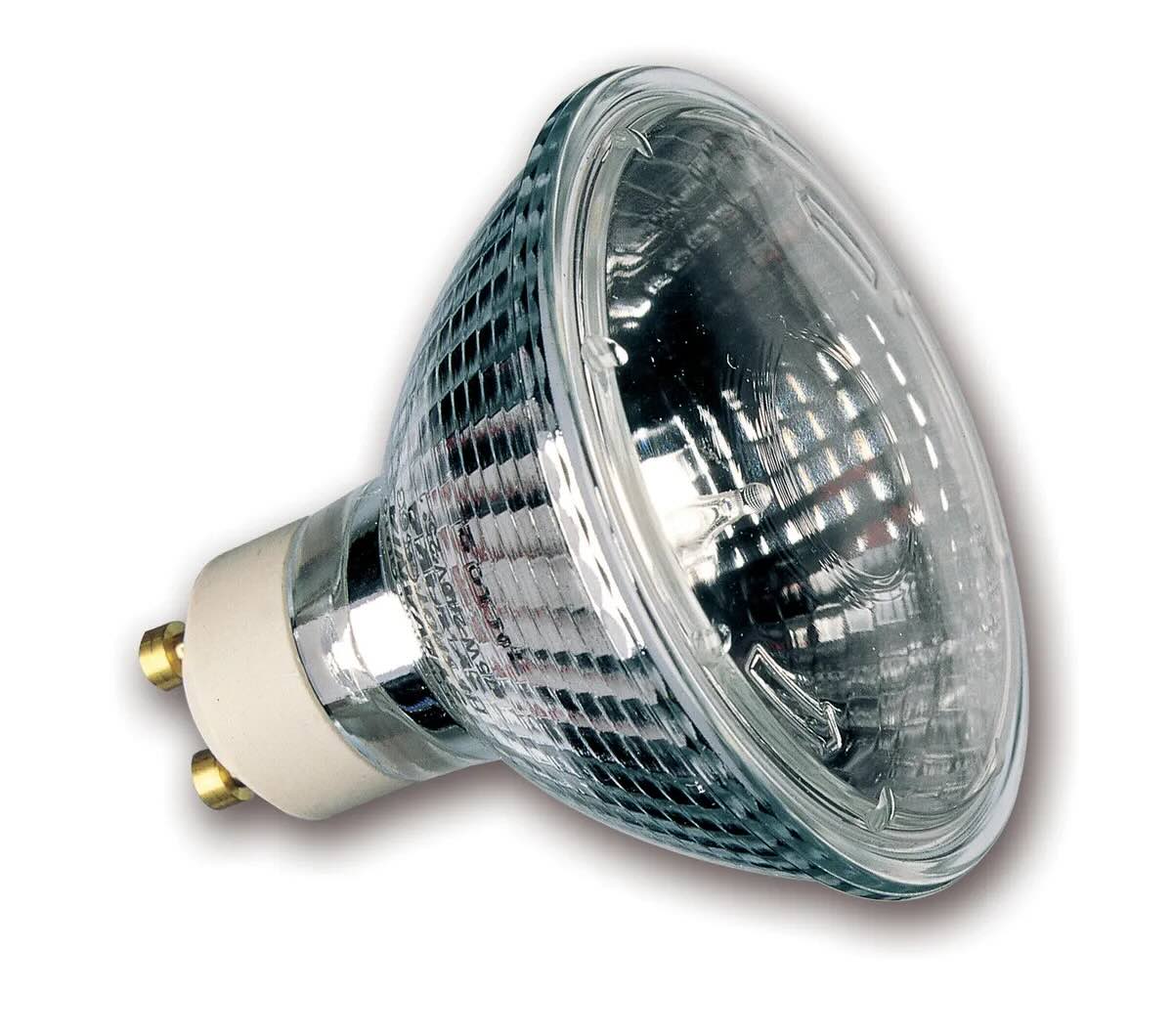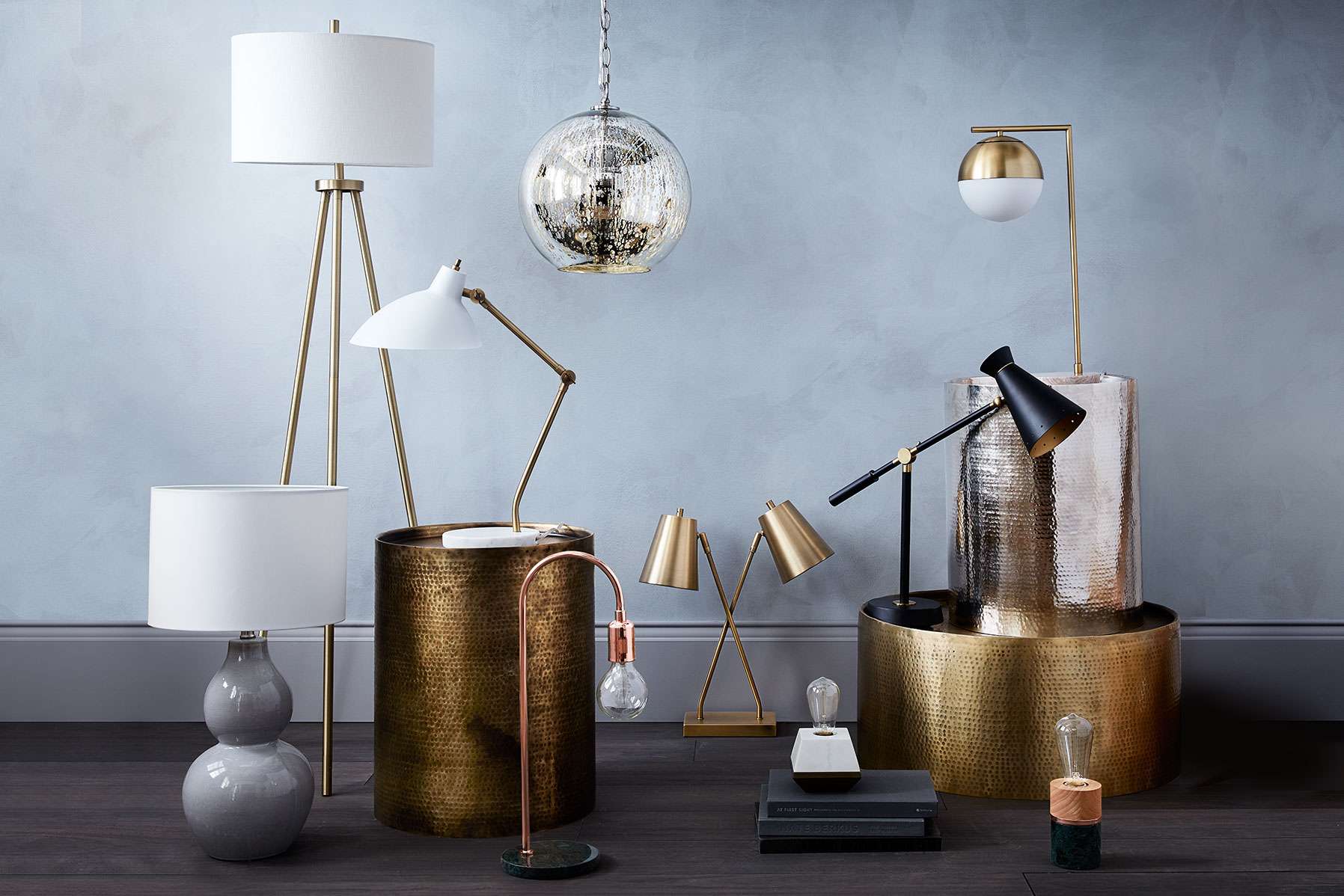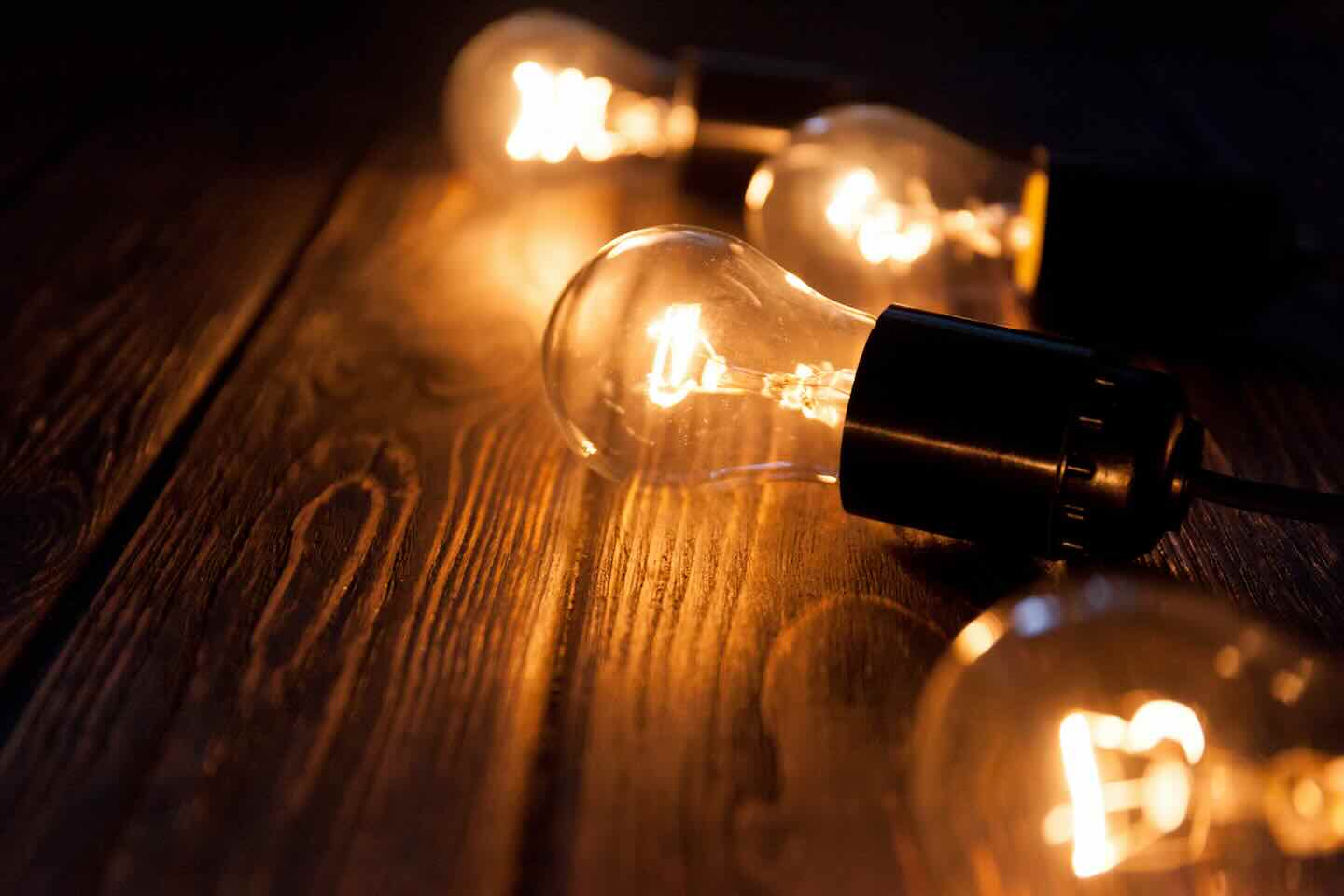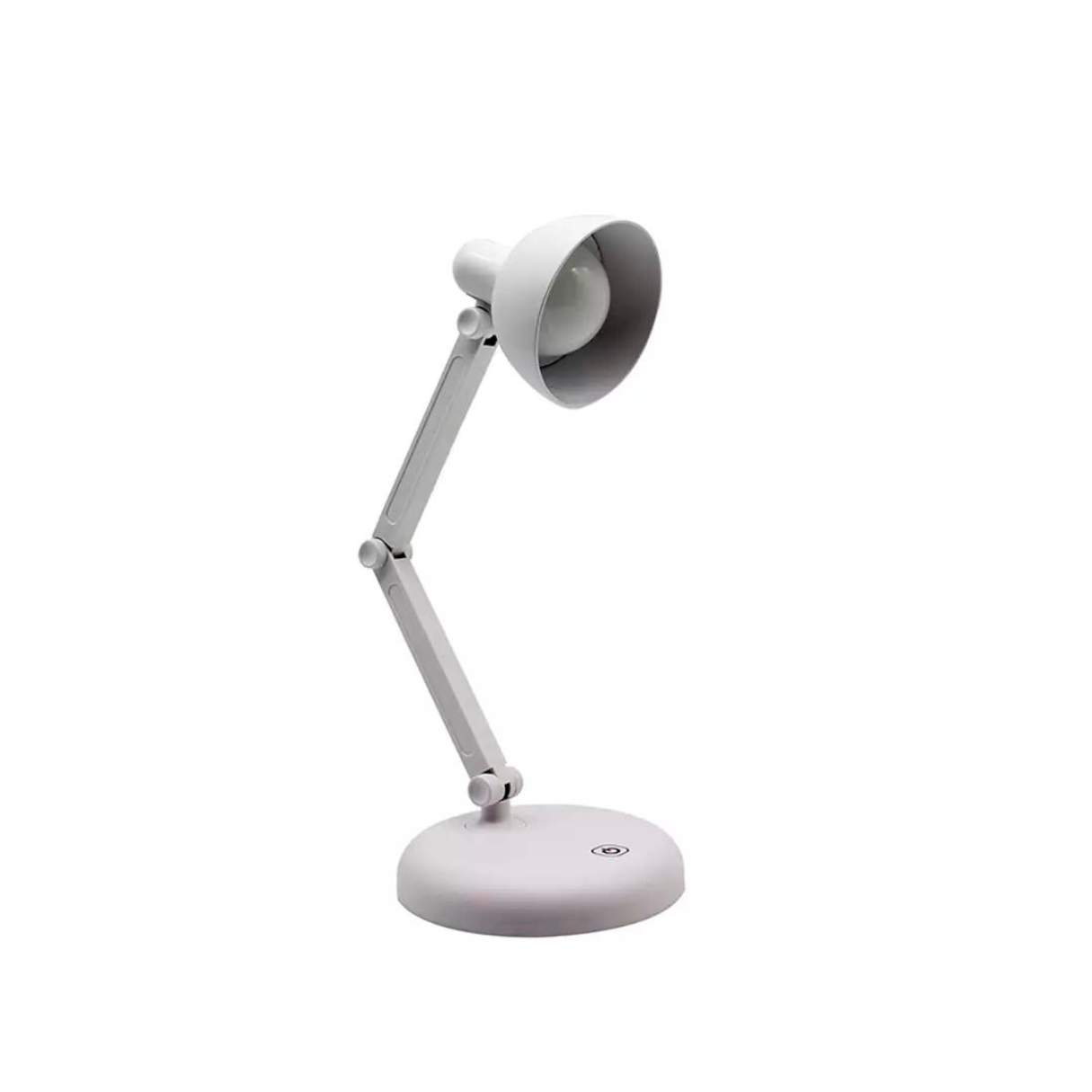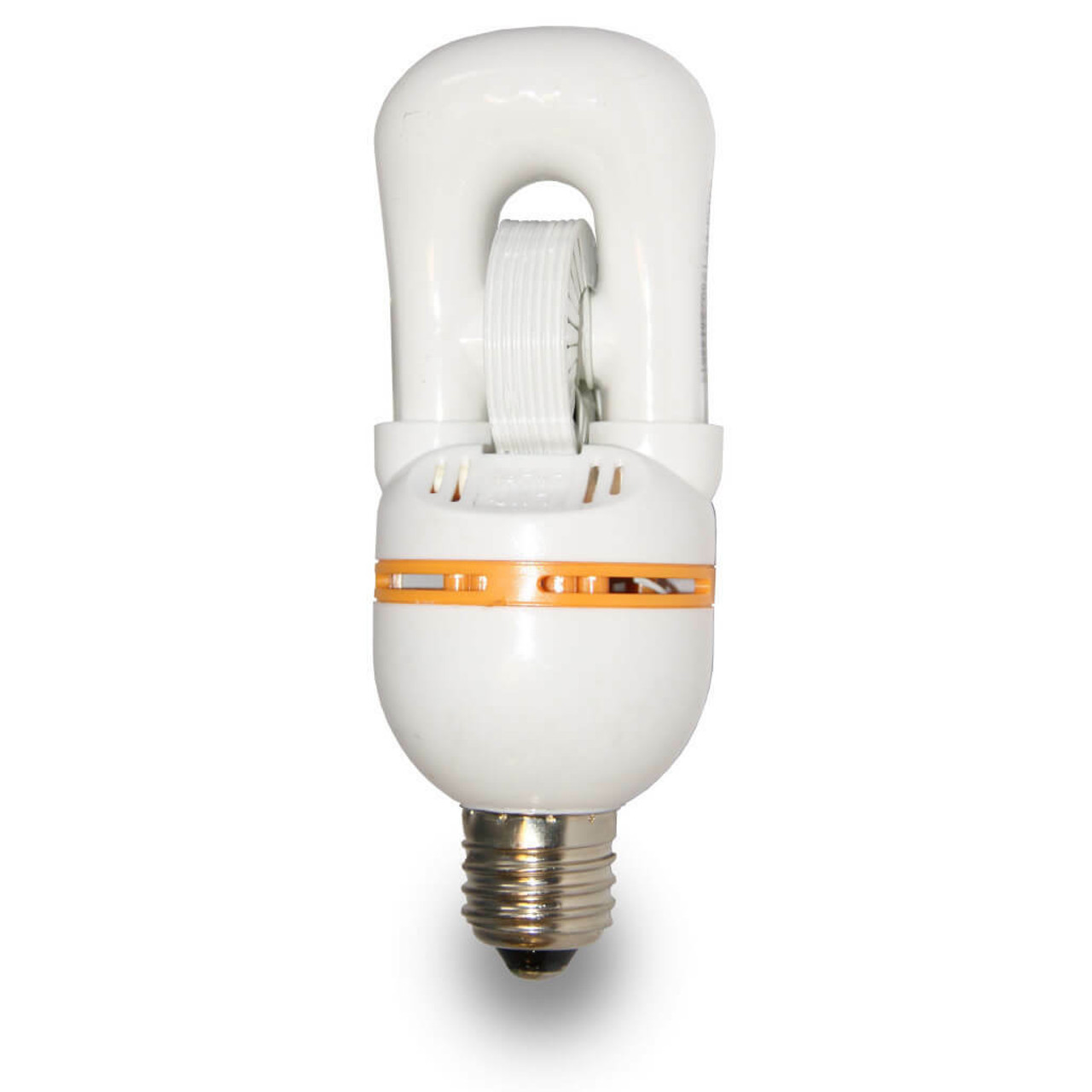

Furniture
What Is A Self-Ballasted Lamp
Modified: November 1, 2024
Learn about self-ballasted lamps and their benefits for your furniture. Find out how these lamps can enhance the look and functionality of your home decor.
(Many of the links in this article redirect to a specific reviewed product. Your purchase of these products through affiliate links helps to generate commission for Storables.com, at no extra cost. Learn more)
Introduction
Welcome to the world of lighting, where innovation and functionality intersect to brighten up our lives. In this article, we will illuminate the concept of self-ballasted lamps, shedding light on their definition, types, advantages, disadvantages, and applications. Whether you're a lighting enthusiast, a homeowner, or a business owner seeking efficient lighting solutions, understanding self-ballasted lamps can brighten your perspective on sustainable and versatile lighting options.
Self-ballasted lamps are a fascinating innovation in the lighting industry, offering a convenient and energy-efficient alternative to traditional lighting solutions. As we embark on this illuminating journey, we will delve into the intricacies of self-ballasted lamps, exploring their unique features and the myriad ways they enhance our living and working environments. So, let's embark on this enlightening exploration of self-ballasted lamps and discover how they can illuminate your world in more ways than one.
Key Takeaways:
- Self-ballasted lamps integrate the ballast within the lamp, offering energy-efficient and versatile lighting options for homes, businesses, and industrial settings. They provide instant illumination, long lifespan, and compatibility with various fixtures, contributing to sustainable lighting designs.
- While self-ballasted lamps offer energy efficiency and versatility, users should consider potential drawbacks such as initial costs and disposal challenges. Understanding their advantages and limitations empowers users to make informed decisions and optimize their lighting installations for efficient and sustainable illumination.
Read more: What Is A Ballast Bypass LED Bulb
Definition of a Self-Ballasted Lamp
A self-ballasted lamp, also known as a self-ballasted light bulb, is a lighting device that integrates the ballast, a component used to control the electrical current in a fluorescent or mercury vapor lamp, within the lamp itself. This innovative design eliminates the need for an external ballast, simplifying the installation process and making the lamp more versatile and user-friendly. The integration of the ballast within the lamp not only streamlines the lighting setup but also enhances the lamp’s compatibility with a wide range of fixtures, including those designed for incandescent bulbs.
Self-ballasted lamps are available in various configurations, including compact fluorescent lamps (CFLs) and LED bulbs. These versatile lighting solutions are designed to fit into standard light sockets, offering a convenient retrofit option for traditional incandescent bulbs. The self-ballasted design allows these lamps to operate directly from the mains voltage, eliminating the need for external control gear and making them well-suited for a diverse array of lighting applications.
Furthermore, self-ballasted lamps are engineered to provide optimal energy efficiency and longevity, aligning with the growing demand for sustainable lighting solutions. By integrating the ballast within the lamp, manufacturers can optimize the lamp’s performance, improve its compatibility with dimming systems, and reduce the risk of compatibility issues often associated with external ballasts.
In essence, a self-ballasted lamp represents a convergence of innovation and practicality, offering a seamless and energy-efficient lighting solution that can be effortlessly integrated into various residential, commercial, and industrial settings. This definition sets the stage for a deeper exploration of the diverse types, advantages, and applications of self-ballasted lamps, revealing the multifaceted benefits they bring to the world of lighting.
Types of Self-Ballasted Lamps
Self-ballasted lamps encompass a diverse array of lighting technologies, each offering unique benefits and applications. Understanding the different types of self-ballasted lamps is essential for selecting the most suitable lighting solution for specific needs and preferences. Here are the primary types of self-ballasted lamps:
- Compact Fluorescent Lamps (CFLs): CFLs are a popular type of self-ballasted lamp known for their energy efficiency and longevity. These lamps contain an integrated electronic ballast, allowing them to be directly screwed into standard incandescent light sockets. CFLs are available in various color temperatures and wattages, making them versatile options for residential, commercial, and industrial lighting applications.
- LED Bulbs: Light Emitting Diode (LED) bulbs have revolutionized the lighting industry with their exceptional energy efficiency, long lifespan, and versatile design. Many LED bulbs are designed as self-ballasted lamps, incorporating the necessary driver circuitry within the bulb itself. This integration enables LED bulbs to operate directly from the mains voltage, offering a seamless retrofit option for traditional incandescent or halogen bulbs.
- Self-Ballasted Mercury Vapor Lamps: These lamps utilize mercury vapor to produce light and are equipped with an integrated ballast for direct connection to the power supply. While less common in residential settings, self-ballasted mercury vapor lamps are often used for outdoor and industrial lighting due to their high lumen output and efficiency.
Each type of self-ballasted lamp presents distinct advantages in terms of energy efficiency, color rendering, and application versatility. Whether you’re seeking a cost-effective lighting solution for your home, a sustainable option for your business, or a high-performance solution for industrial environments, the diverse types of self-ballasted lamps offer a wide range of choices to meet your specific lighting requirements.
By exploring the unique characteristics of each type, you can make informed decisions when selecting self-ballasted lamps, ensuring that your lighting installations align with your energy-saving goals, performance expectations, and aesthetic preferences. The versatility and adaptability of self-ballasted lamps make them valuable assets in the pursuit of efficient, sustainable, and visually appealing lighting solutions.
Advantages of Self-Ballasted Lamps
Self-ballasted lamps offer a host of advantages that make them a compelling choice for various lighting applications. From energy efficiency to versatility, these innovative lighting solutions are designed to enhance illumination while streamlining installation and maintenance processes. Here are some key advantages of self-ballasted lamps:
- Energy Efficiency: Self-ballasted lamps, particularly CFLs and LED bulbs, are renowned for their exceptional energy efficiency. By integrating the ballast within the lamp, these lighting solutions optimize power usage and minimize energy wastage, resulting in reduced electricity bills and lower environmental impact.
- Longevity: Many self-ballasted lamps are engineered for extended lifespan, outlasting traditional incandescent bulbs and reducing the frequency of replacements. This longevity not only saves money on maintenance and replacements but also contributes to sustainable resource management.
- Versatility: The self-ballasted design allows these lamps to be compatible with a wide range of fixtures and sockets, offering a convenient retrofit option for existing lighting installations. This versatility makes self-ballasted lamps adaptable to various settings, from residential homes to commercial and industrial facilities.
- Instant Start: Unlike some traditional fluorescent lamps that require warm-up time, self-ballasted lamps, especially CFLs and LED bulbs, offer instant illumination. This feature is particularly beneficial in environments where immediate lighting is essential, such as retail spaces, offices, and outdoor areas.
- Dimmability: Many self-ballasted lamps are designed to be compatible with dimming systems, providing users with enhanced control over the ambiance and energy consumption of their lighting installations. This dimmability feature adds flexibility and customization options to lighting designs.
- Color Temperature Options: Self-ballasted lamps are available in various color temperatures, allowing users to create different atmospheres and cater to specific lighting requirements. Whether it’s warm, inviting lighting for residential spaces or bright, crisp illumination for task-oriented environments, the diverse color temperature options enhance the versatility of self-ballasted lamps.
These advantages collectively position self-ballasted lamps as valuable assets in the quest for efficient, sustainable, and high-performing lighting solutions. By harnessing their energy-saving capabilities, longevity, and adaptability, users can illuminate their surroundings with confidence, knowing that they are benefiting from advanced lighting technology that aligns with their practical and environmental goals.
When using a self-ballasted lamp, make sure to check the wattage and voltage requirements to ensure it is compatible with your fixture. Using the wrong wattage or voltage can cause damage to the lamp or the fixture.
Disadvantages of Self-Ballasted Lamps
While self-ballasted lamps offer numerous advantages, it’s important to consider their potential drawbacks to make informed decisions when selecting lighting solutions. Understanding the limitations of self-ballasted lamps can help users anticipate and address any challenges associated with their use. Here are some key disadvantages of self-ballasted lamps:
- Initial Cost: Compared to traditional incandescent bulbs, self-ballasted lamps, especially LED bulbs, may have a higher upfront cost. While this initial investment is offset by long-term energy savings and reduced maintenance, it can be a consideration for budget-conscious consumers.
- Disposal Challenges: Certain types of self-ballasted lamps, such as CFLs, contain small amounts of mercury, which can present disposal challenges. Proper recycling or disposal of these lamps is essential to prevent environmental contamination and ensure safe handling of hazardous materials.
- Compatibility Issues: In some cases, self-ballasted lamps may encounter compatibility issues with certain dimming systems or fixtures. While advancements in technology have minimized these concerns, users should verify compatibility with existing infrastructure to avoid operational issues.
- Heat Sensitivity: Some self-ballasted lamps, particularly CFLs, can be sensitive to ambient temperatures and may experience reduced performance or lifespan in extreme heat or cold conditions. Proper ventilation and temperature management may be necessary to optimize their operation in challenging environments.
- Color Rendering: While modern self-ballasted lamps offer a wide range of color temperature options, some users may find that certain types of lamps do not fully meet their color rendering preferences or specific lighting requirements. Selecting the appropriate color temperature and evaluating color rendering properties is crucial for achieving desired lighting effects.
By acknowledging these potential disadvantages, users can proactively address them through informed decision-making, proper handling and disposal practices, and thorough assessment of compatibility and environmental conditions. While the advantages of self-ballasted lamps often outweigh these limitations, a comprehensive understanding of their drawbacks empowers users to optimize their lighting installations and maximize the benefits of these innovative lighting solutions.
Read more: What Is A Self-Ballasted LED Bulb
Applications of Self-Ballasted Lamps
Self-ballasted lamps find versatile applications across residential, commercial, and industrial settings, offering efficient and adaptable lighting solutions for diverse environments. Their unique features and benefits make them well-suited for a wide range of lighting applications, contributing to energy savings, enhanced illumination, and sustainable lighting designs. Here are some key applications of self-ballasted lamps:
- Residential Lighting: Self-ballasted lamps, particularly CFLs and LED bulbs, are popular choices for residential lighting due to their energy efficiency, longevity, and versatility. From ambient lighting in living spaces to task lighting in kitchens and bathrooms, these lamps provide homeowners with cost-effective and environmentally friendly illumination options.
- Commercial Spaces: Offices, retail stores, and hospitality venues benefit from the energy-saving and instant illumination features of self-ballasted lamps. Their compatibility with dimming systems and color temperature options make them ideal for creating inviting atmospheres, highlighting products, and supporting productive work environments.
- Outdoor Lighting: Self-ballasted lamps, including LED bulbs and self-ballasted mercury vapor lamps, are well-suited for outdoor lighting applications. From landscape lighting to security and area lighting, these lamps offer durability, energy efficiency, and instant start capabilities, enhancing safety and visibility in outdoor spaces.
- Industrial Facilities: The longevity and high lumen output of self-ballasted lamps make them valuable assets in industrial lighting installations. Warehouses, manufacturing facilities, and production areas benefit from the energy-saving features and adaptability of self-ballasted lamps, contributing to efficient operations and cost-effective lighting solutions.
- Sustainable Initiatives: Self-ballasted lamps play a significant role in sustainable lighting initiatives, contributing to energy conservation and reduced environmental impact. Their energy efficiency, long lifespan, and compatibility with energy-saving practices position them as essential components of sustainable lighting designs in residential, commercial, and public spaces.
These diverse applications underscore the versatility and practicality of self-ballasted lamps, showcasing their ability to meet the lighting needs of various environments while aligning with energy-saving and sustainability objectives. Whether it’s illuminating homes with eco-friendly lighting, enhancing commercial spaces with adaptable illumination, or supporting industrial operations with efficient lighting solutions, self-ballasted lamps illuminate the way to a brighter and more sustainable future.
Conclusion
As we conclude our exploration of self-ballasted lamps, it becomes evident that these innovative lighting solutions represent a harmonious blend of efficiency, versatility, and sustainability. From their integrated ballasts to their diverse applications, self-ballasted lamps illuminate our world with a host of benefits that cater to residential, commercial, and industrial lighting needs.
By integrating the ballast within the lamp itself, self-ballasted lamps streamline installation processes, enhance compatibility with various fixtures, and offer convenient retrofit options for traditional incandescent bulbs. Their energy efficiency, long lifespan, and adaptability make them valuable assets in the pursuit of efficient and sustainable lighting designs, contributing to energy conservation and reduced environmental impact.
While self-ballasted lamps offer numerous advantages, it’s essential to consider potential drawbacks such as initial costs, disposal challenges, and compatibility issues. By acknowledging these limitations, users can make informed decisions, address operational concerns, and optimize the performance of their lighting installations.
From residential spaces to commercial and industrial environments, self-ballasted lamps brighten our surroundings with instant illumination, customizable color temperatures, and enhanced energy-saving features. Their applications encompass a wide array of settings, from creating inviting atmospheres in homes to supporting productive work environments and enhancing safety in outdoor spaces.
As we embrace the era of advanced lighting technology, self-ballasted lamps stand as beacons of innovation, illuminating our lives with sustainable, efficient, and adaptable lighting solutions. Their integration of the ballast within the lamp itself represents a significant leap forward in lighting design, catering to the evolving needs and preferences of users seeking cost-effective, environmentally friendly, and visually appealing illumination.
In essence, self-ballasted lamps not only light up our physical spaces but also illuminate a path toward a brighter, more sustainable future, where lighting efficiency and environmental consciousness converge to create a luminous and eco-friendly world.
Frequently Asked Questions about What Is A Self-Ballasted Lamp
Was this page helpful?
At Storables.com, we guarantee accurate and reliable information. Our content, validated by Expert Board Contributors, is crafted following stringent Editorial Policies. We're committed to providing you with well-researched, expert-backed insights for all your informational needs.
